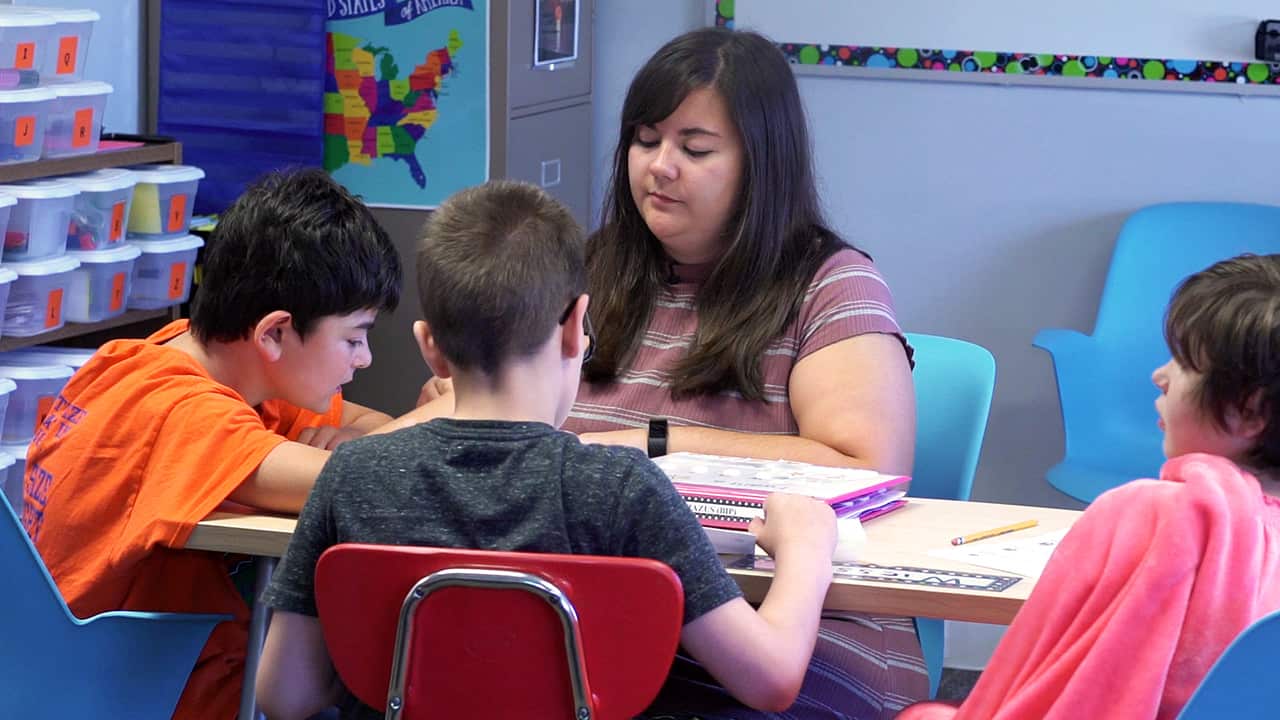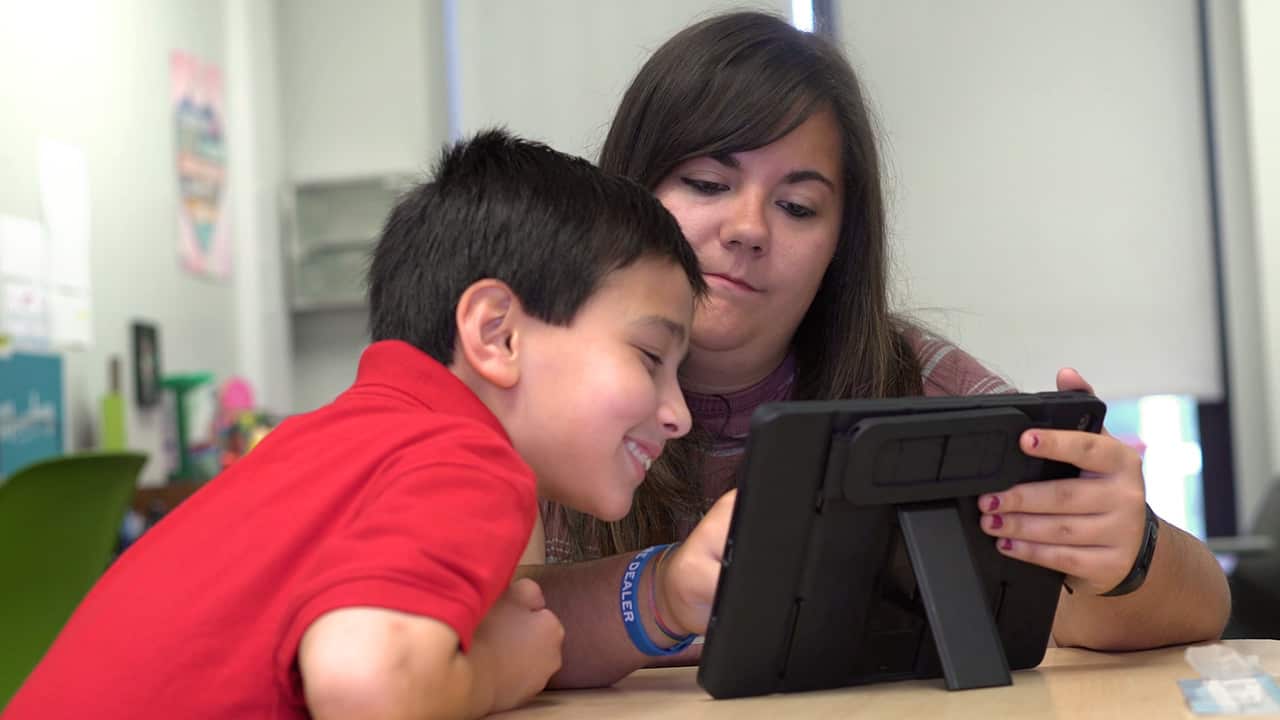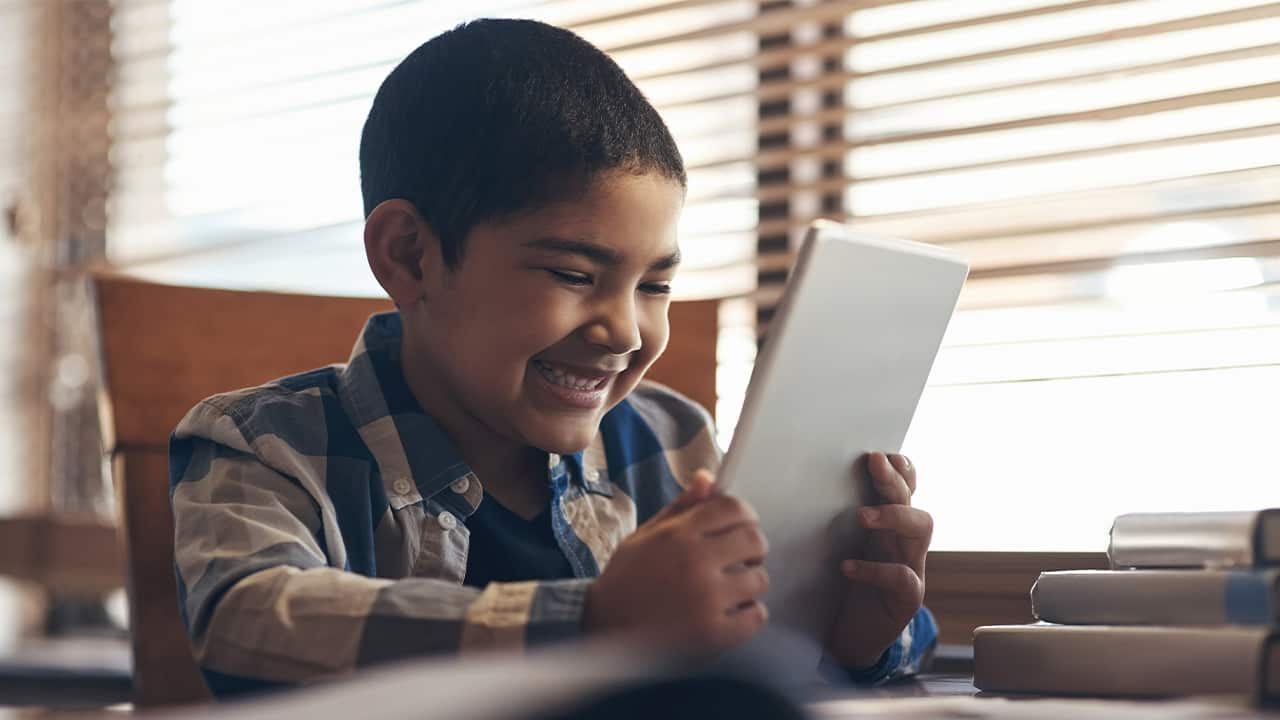Plan Learning Experiences that Meet All Students' Needs
How can anyone argue with that? In her case, the concept of “differentiated instruction” turned into a difficult task to achieve.
Since the late 1990s, thanks to the work of Carol Ann Tomlinson, the term “differentiated instruction” has been a staple in the field of education. If we go back to the basic tenets of differentiation of instruction, teachers are asked to look at three parts of their instruction:
- Process
- Content and product
- Opportunities for all students to access the instruction
Factors to Consider When Planning a Lesson
When creating a lesson, we need to plan learning experiences which can address the differences in student needs to achieve the success criteria.
For example, let’s say the success criteria for a lesson I am teaching is, “Students can describe ways a character changed throughout the course of a story.” When planning instruction for guiding students to achieve this goal, I need to consider the different ways that the content can be presented, the different processes by which my students can interact with the content, and the different products that my students can produce to demonstrate their learning.
I can adjust the content by backfilling prior knowledge and/or supporting the thinking skills on Blooms Taxonomy (remembering, understanding, applying, analyzing, evaluating and creating) by providing some students with a graphic organizer or story notes with key terms and definitions. I can also use a set of leveled readers to adjust the vocabulary knowledge and sentence complexity for certain students.
I can adjust the process by providing an audiobook to some students to listen to the story instead of reading from a physical book, or I can show a video or provide interactive text to support more visual learners. I can also offer the option for students to read the story in teams or have pairs read it to each other.
Giving Students a Choice
By giving students choices, the lessons can be adjusted to suit any number of needs. I can allow the students to describe character changes throughout a story in written formats or in oral presentations. Choices for students with more severe disabilities could include creating a computerized or tactile timeline of events that shows the character’s changes, or using response cards to signal what the character’s attitude or demeanor is at different parts of the story.
There are also programs, such as Unique Learning System, that take the work out of it. With Unique Learning System, your students are provided access to the general education curriculum and all of the lessons are written and differentiated for you. This allows you to spend more time engaging your students and less time planning.
Differentiation takes more work, but it doesn’t need to be overwhelming. It is worth it for the students, and the benefits can be amazing! In order to be successful, teachers must see differentiated instruction for what it is: a way for every student to deeply learn regardless of their ability.



